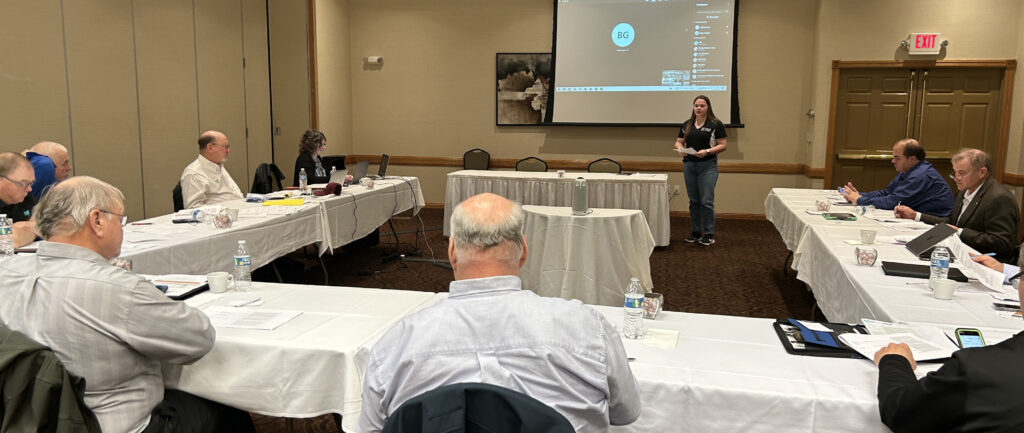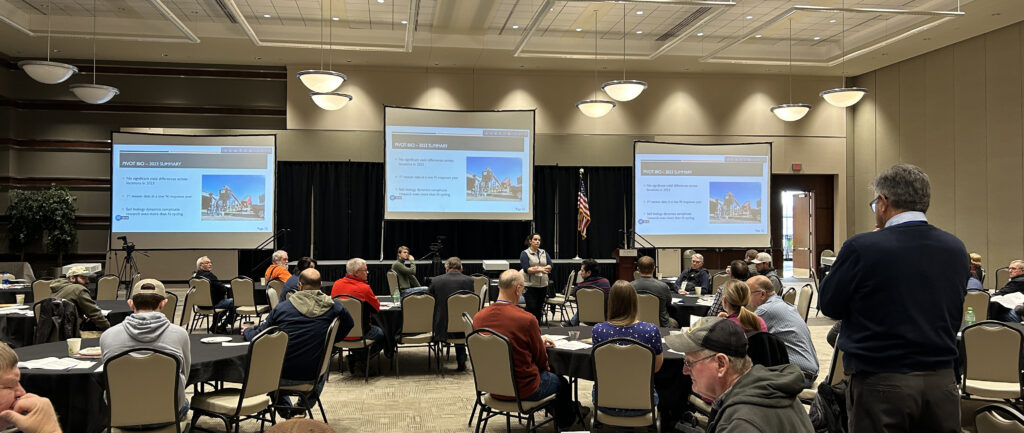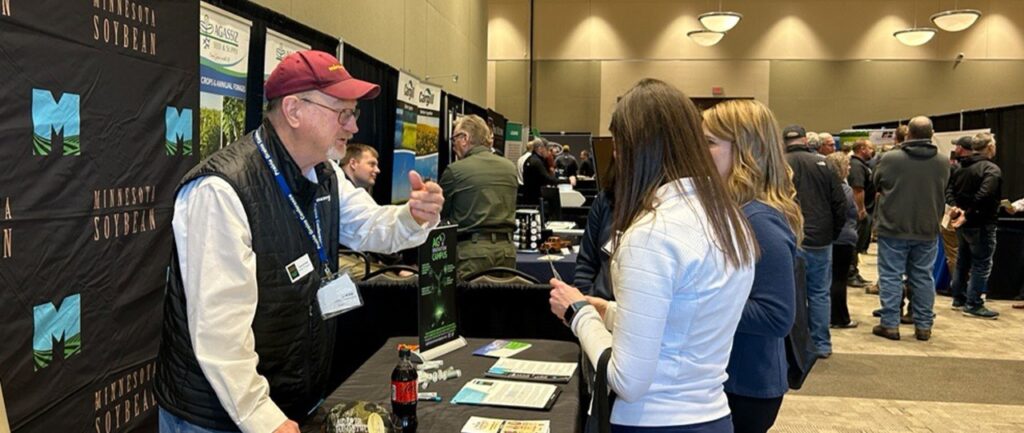Chemical trespass, the unwanted movement of a chemical onto neighboring property, will be a growing concern in agriculture during 2018. The launch of dicamba products designed specifically for dicamba tolerant soybeans demonstrated just how major the problem can be. After all the discussions, one common message was heard from all parties: If we are going to keep these tools, there had better not be a repeat of 2017.

In 2017, the Environmental Protection Agency (EPA) adjusted the label. EPA reclassified all to restricted use products (RUP), increased the record-keeping requirements, limited the use to certified applicators, mandated certifiable product use training prior to application, limited time (sunrise to sunset) of application, added several other restrictions and strengthened the language concerning offsite movement of the products. Many state departments of agriculture, including Minnesota, added additional restrictions. Some states, like Arkansas and Indiana, moved to classify most dicamba products as RUP; some limited use of dicamba during the growing season (April through October). One of the lessons from 2017 is simple: any dicamba product can move. It will take a great deal of effort to keep these products strictly on target.
In December, the Minnesota Department of Agriculture, after a great deal of discussion and investigation, announced acceptance of the new EPA registrations with two additional restrictions to reduce vapor drift (volatility movement). The restrictions were a cutoff date of June 20, to reduce damage to adjoining soybean field by limiting exposure to the vegetative growth stage, and a cutoff temperature of 85oF, to reduce evaporation potential (risk) during application.
The three companies concerned have announced their plans to expand use of these products across the soybean industry. Monsanto, alone, announced they have sufficient supply of XtendiMaxR seed and product to cover 40+ million acres. This is almost half of the anticipated 91 million soybean acres to plant in the US in 2018. The companies have invested significant resources in the development, and farmer training, of these products.
This has caused concern with many weed scientists. Bob Hartzler, professor in agronomy at Iowa State University (ISU), recently stated in an article for Corn and Soybean Digest: “Due to concerns regarding volatilization of dicamba, ISU Weed Science recommends that dicamba only be used preplant or preemergence in dicamba-resistant soybean.” I have heard similar thoughts from independent crop consultants.
Obviously, the soybean world is not in total agreement pertaining to the use of dicamba in soybeans.
What should you do? First, become educated on the product. Attend the dicamba trainings sponsored by the three companies, MDA, University of Minnesota- Extension, your local coop and other entities. The new label is not simple, it’s rather demanding and will be confusing if you do not take the time to study the label, question how you will integrate use of these products into your existing programs, and talk, a lot, with as many experts as you can.
The product, like a good knife, can be an excellent tool. However, any sharp edged tool, when used improperly, can cut deep.
David Kee is the director of research at Minnesota Soybean and can be reached at david@mnsoybean.com or 507-388-1635.







